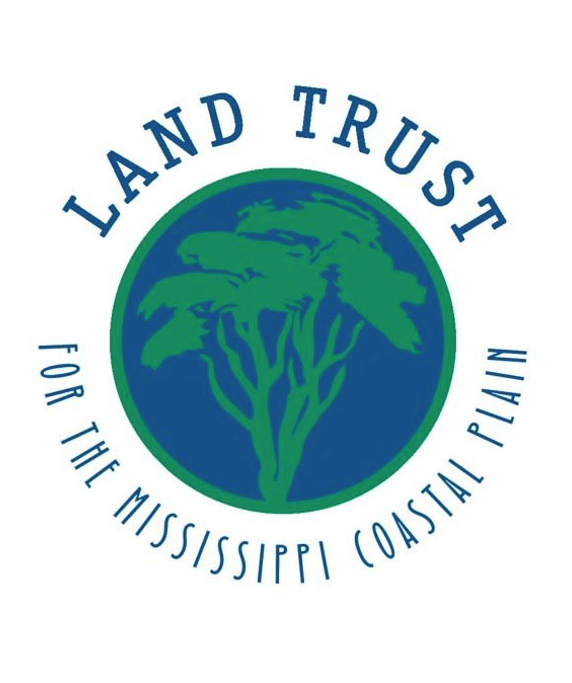Restorations Part II
Property during a restoration
Other Common Native Ecosystems and the Case for Restoration
Bottomland hardwoods are forested wetlands that once covered vast acreage in the southeast on the lands adjacent to rivers, which would flood with the overflow from rivers during storms or heavy rains. These ecosystems are both characterized and maintained by the natural seasonal hydrologic regime of alternately wet and dry periods, with some parts of the system remaining more wet than others. Species presence varies depending on the hydrology of a particular area. Bayhead swamps are also forested wetlands, but they are associated with smaller creeks and tributaries. While they are similarly inundated with water, their soils tend to stay saturated most of the time.
In addition to managing floodwater, these ecosystems are important for helping to improve water quality by filtering nutrients, processing organic waste, and reducing sediment. They also provide significant food for a wide variety of native species. Because the soil of these forest types is typically rich in nutrients as a result of deposits of large amounts of leaf litter from flooding and also from the variety of species that grow there, the vegetation tends to produce a large quantity and variety of fruit and nuts. These ecosystems are also rich habitat for native species because of the variety of vegetation and availability of water.
The changes that settlement and urbanization brought to all our native ecosystems on the Mississippi coastal plain has resulted in fragmentation, changes to species composition and loss of biodiversity. One of the biggest challenges to reestablishing native ecosystems are invasive species. These are species that are non-native, but flourish under certain conditions in a new environment.
Before Restoration
Invasive species compete with native species for limited resources, and if conditions are favorable, can outcompete native species resulting in an ecological shift. Whereas native species evolved over time to flourish under the natural conditions alongside other native species, each filling a niche role, invasive species take advantage of favorable conditions and can dominate an area without natural balance. They do not provide the same kind of habitat, food sources or other ecological benefits as native species do.
Restoration of degraded ecosystems that have been overrun by invasive species, due to the fact that the natural forces of fire and flooding are no longer functioning as they once did is possible, but the techniques can be visually drastic. Removing invasive species, especially those which have taken over an area, can leave a property free of vegetation for a period of time until the native species can be re-established. In addition, a restored native system may look very different than it had when it was overrun with invasive species.
During Restoration
After Restoration
Once restored, stewardship techniques must continue to be used to mimic the types of disturbance (like fires and floods) that used to occur naturally to maintain restored native ecosystems, or invasive species will gain a foothold once again.
The next article in this series will detail some of the techniques the Land Trust uses to restore and maintain native ecosystems.





